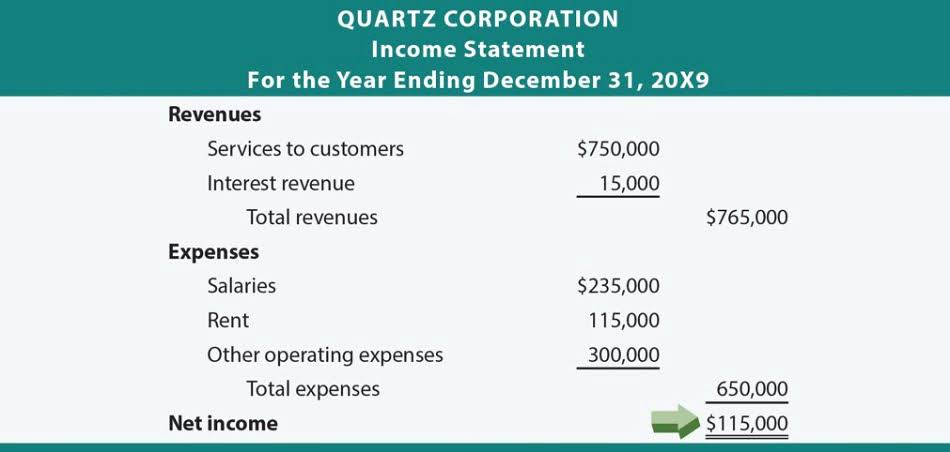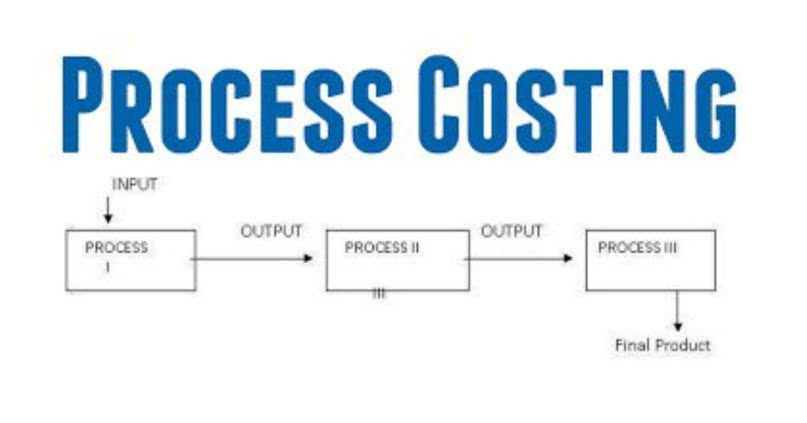
I am excited to delve deep into specifics of various industries, where I Grocery Store Accounting can identify the best solutions for clients I work with. The cost calculation is systematically assigned to the product because there are not batches or LOTS. Therefore, this additional cost of ₹10 per unit, incurred to produce 1 more tire is the marginal cost. Instead, these costs are expensed in the period that they occurred. The information and views set out in this publication are those of the author(s) and do not necessarily reflect the official opinion of Magnimetrics.
Step 1: Calculation of full production costs per product
The tax benefits of absorption costing can be particularly pronounced in periods of inventory accumulation. As companies build up their inventory, a portion of the fixed costs is capitalized on the balance sheet rather than expensed on the income statement. This capitalization results in a lower taxable income in the current period, as the recognition of these costs is postponed until the sale of the inventory.
Over-Assigning Overhead Costs
This requirement bookkeeping ensures that expenses are not prematurely deducted for tax purposes, thereby deferring tax liabilities to the period when the inventory is actually sold. The deferral of tax payments can be advantageous for cash flow management, allowing businesses to utilize funds that would otherwise be paid in taxes for other operational needs or investments. In absorption costing, fixed costs such as rent, salaries, and utilities are allocated to products along with variable costs. This allocation is based on a predetermined rate, often driven by the normal capacity of production facilities or a specific activity base.
Difference Between Absorption Costing and Variable Costing

Under variable costing the cost of a product includes only variable costs. It helps small businesses to track the cost of products easily as their production is not on a very large scale. The businesses can realise their fixed costs beforehand and correctly price the product for sale. The fixed overhead costs are now budgeted at 4,000 euro a month and have been absorbed per production. People often quote random numbers however, it is very important to determine what costing method will be used for a correct expense report. Absorption Costing therefore includes much more than the necessary variable (production) costs such as labour and raw material.
Activity Based Costing (ABC)

Neither Magnimetrics nor any person acting on their behalf may be held responsible for the use which may be made of the information contained herein. The information in this article is for educational purposes only and should not be treated as professional advice. Magnimetrics and the author of this publication accept no responsibility for any damages or losses sustained as a result of using the information presented in the publication.

Tax Implications of Absorption Costing
Explore the fundamentals and implications of absorption costing for various industries, its role in financial reporting, and the surrounding debates. Absorption costing is a system that helps businesses in the valuation of their stock/stock to be entered into the balance sheet. Provides an unclear picture of the profitability of the business as total fixed costs are not subtracted from the revenue. Absorption costing includes all direct expenditure/ costs incurred while manufacturing a product. The sales director has informed us that they have received a quote to provide 12,000 pcs of a ski pant model, for a total contract price of 600,000 euro.
Best Suited for Small Businesses
- Variable costing is a concept widely used in managerial and cost accounting.
- Explore the fundamentals and implications of absorption costing for various industries, its role in financial reporting, and the surrounding debates.
- Absorption costing is a system that helps in the valuation of stock.
- While this method can lead to a more accurate reflection of service costs, it also requires careful consideration of how to define and measure service units or projects for cost allocation purposes.
- Another method of costing (known as direct costing or variable costing) does not assign the fixed manufacturing overhead costs to products.
- The businesses can realise their fixed costs beforehand and correctly price the product for sale.
The cost calculation is assigned to the product in batches (a non-recurring collection of several production units) and LOTS (production unit, linked to the serial numbers of a product). Stock/ stock value includes direct labour, direct material, and all overhead. Absorption costing also provides the company with an accurate profitability picture. By also calculating the price per unit in the suggested contract, we can compare it to the Absorption Cost.

Absorption Costing explained: Formula and Example
The method’s adaptability allows it to be tailored to the specific needs of different industries, from manufacturing to services and retail. The following subsections delve into how absorption costing is utilized within these diverse business environments. In absorption costing overheads are production, selling, distribution, and administration. Therefore, the remaining unsold stock of 200 units is valued at ₹1,16,000 in absorption costing. In other words, under absorption costing, each unit of goods has a total production cost of just over £4.
- In absorption costing, fixed costs such as rent, salaries, and utilities are allocated to products along with variable costs.
- The absorption rate is usually calculating in of overhead cost per labor hour or machine hour.
- However, they still incur fixed costs such as office space rent, utilities, and salaried personnel.
- Absorption costing is a system used in valuing inventory, which considers the cost of materials and labor, and also the variable and fixed manufacturing overheads.
- Find out how GoCardless can help you with ad hoc payments or recurring payments.
- Does not match the expenses to revenue in the same accounting period.
This method stands in contrast to absorption costing absorption costing where the fixed manufacturing overhead is added to the cost of goods produced. Despite its widespread use and compliance with accounting standards, absorption costing is not without its detractors. One of the primary critiques is that it can potentially distort a company’s financial performance, particularly in the short term. By deferring the recognition of fixed costs, absorption costing can inflate profits in periods of increasing inventory, which may not accurately reflect the economic reality of a company’s operations. This can lead to decisions that prioritize production over market demand, resulting in excess inventory and potential write-downs in the future.



